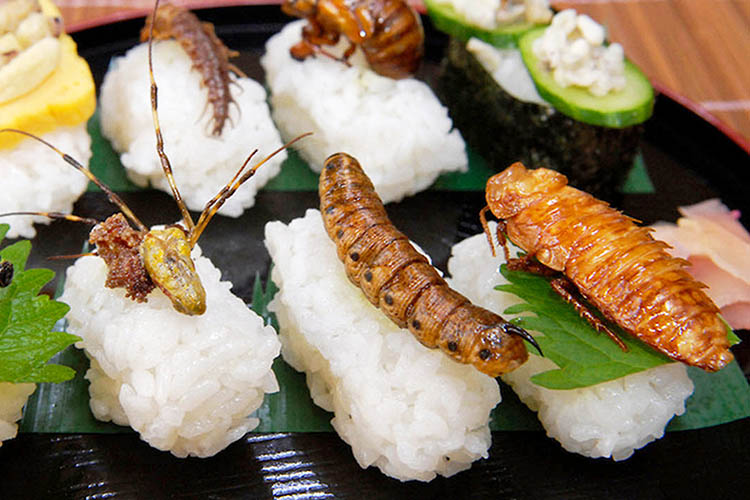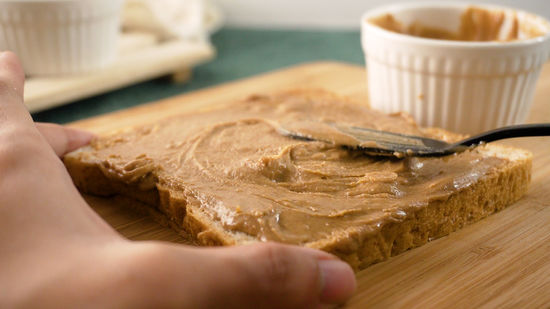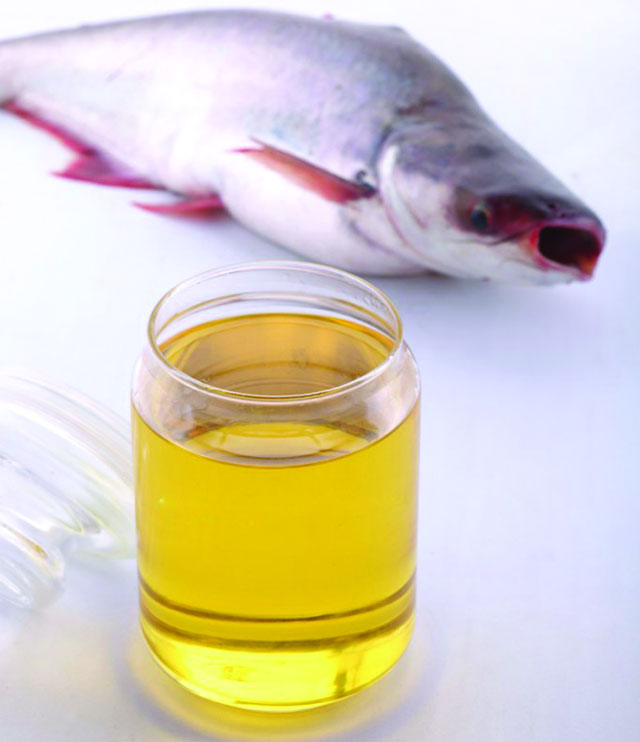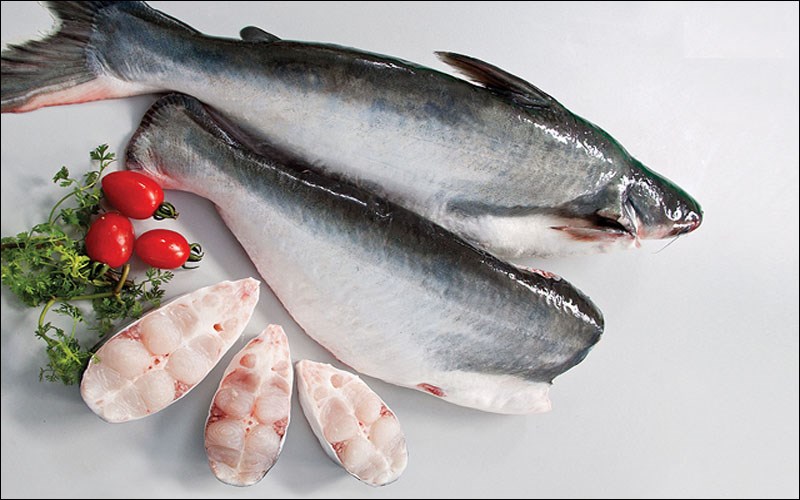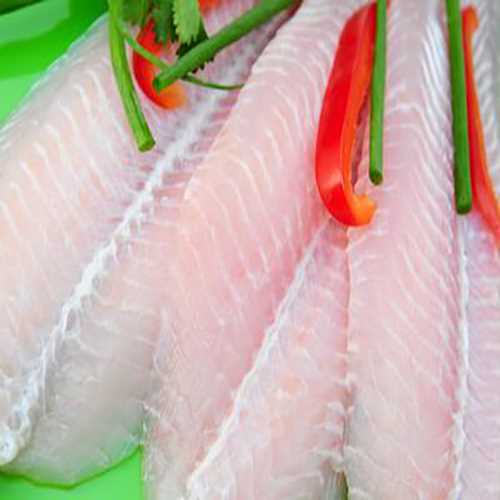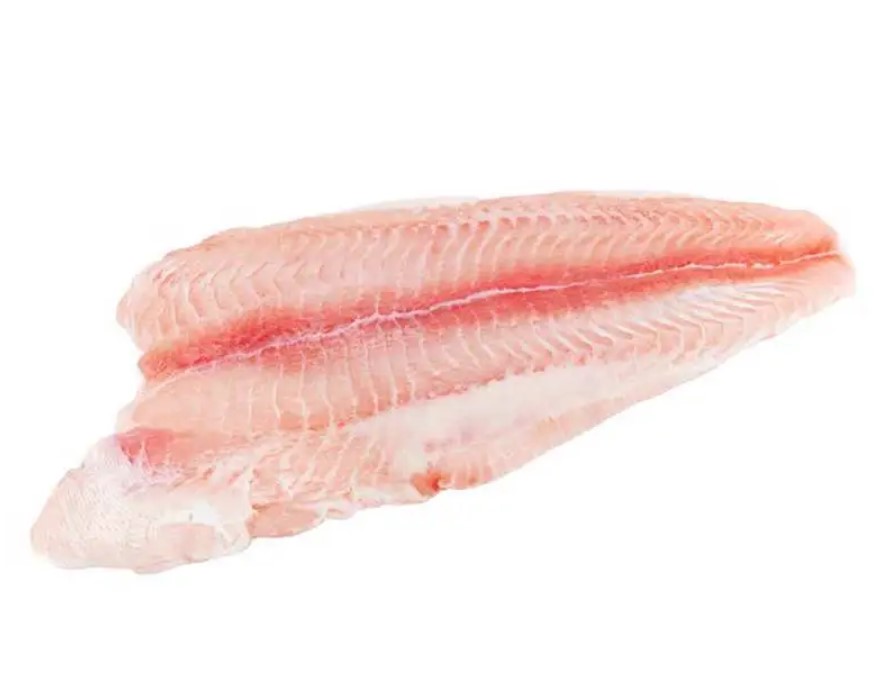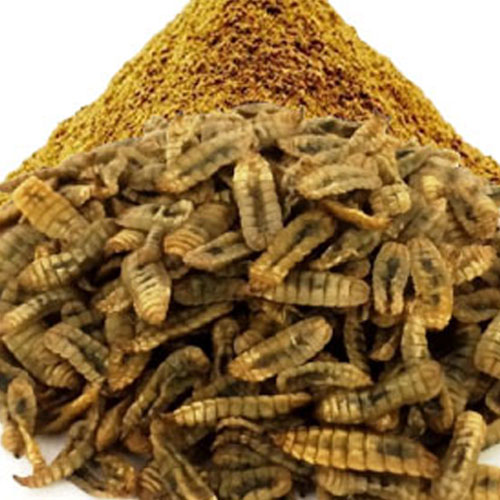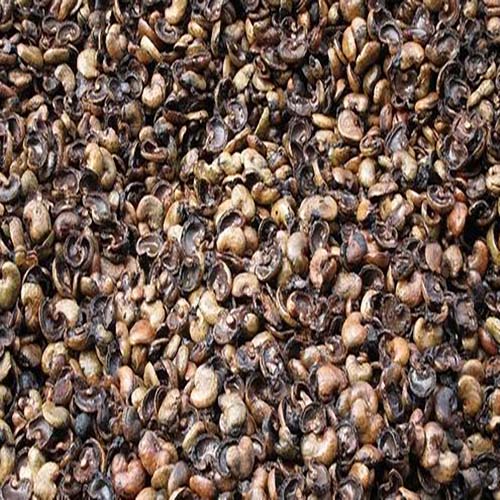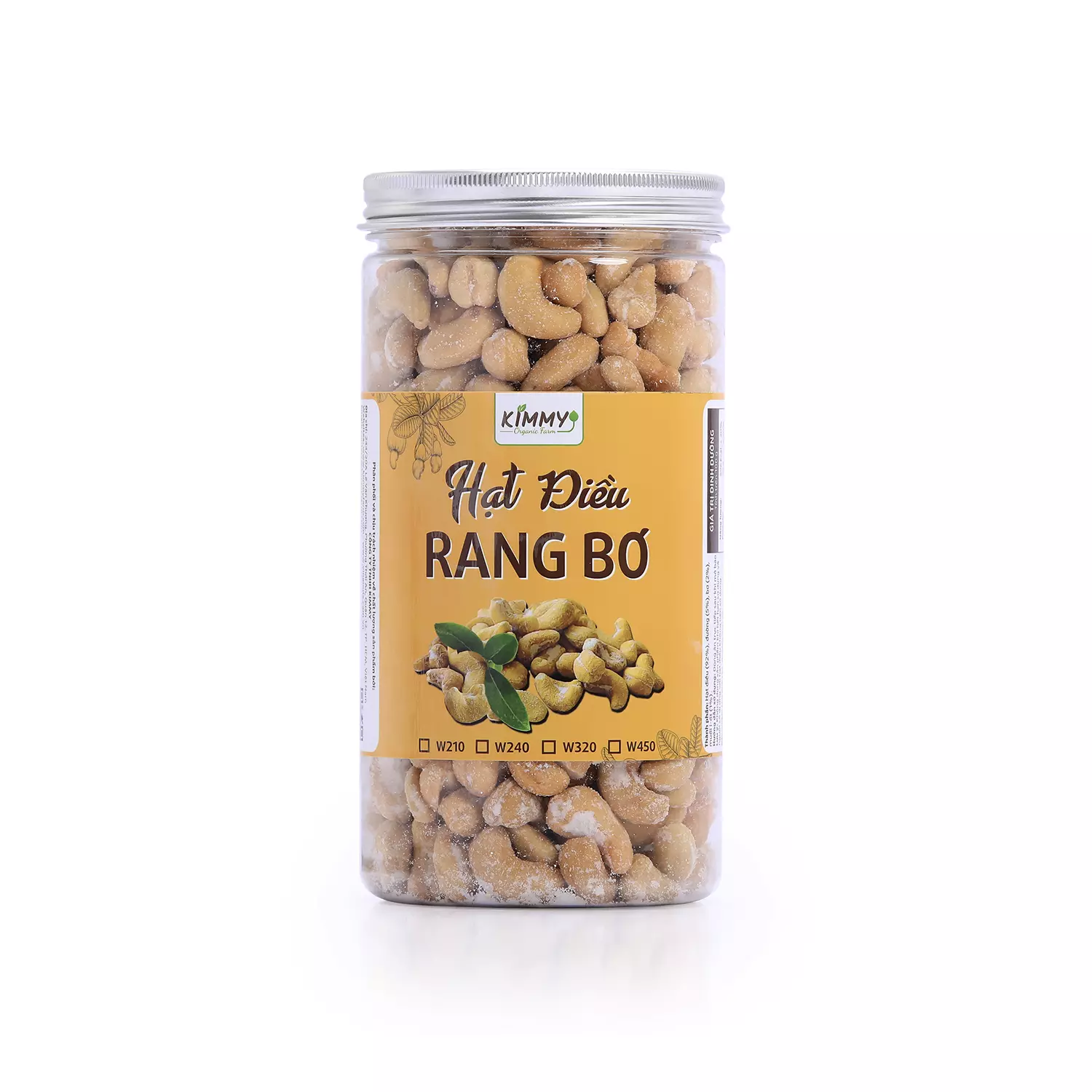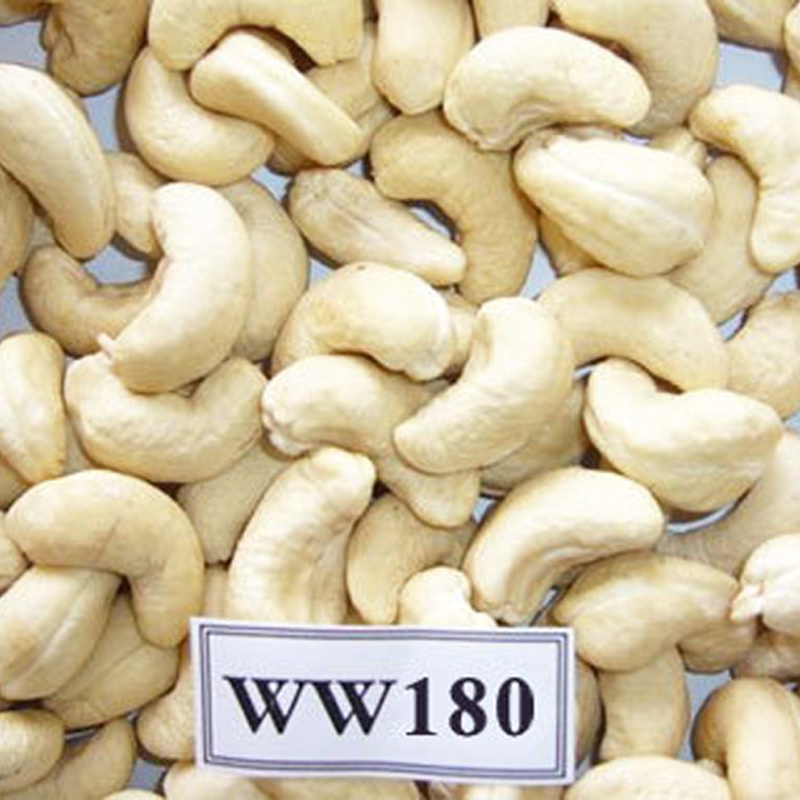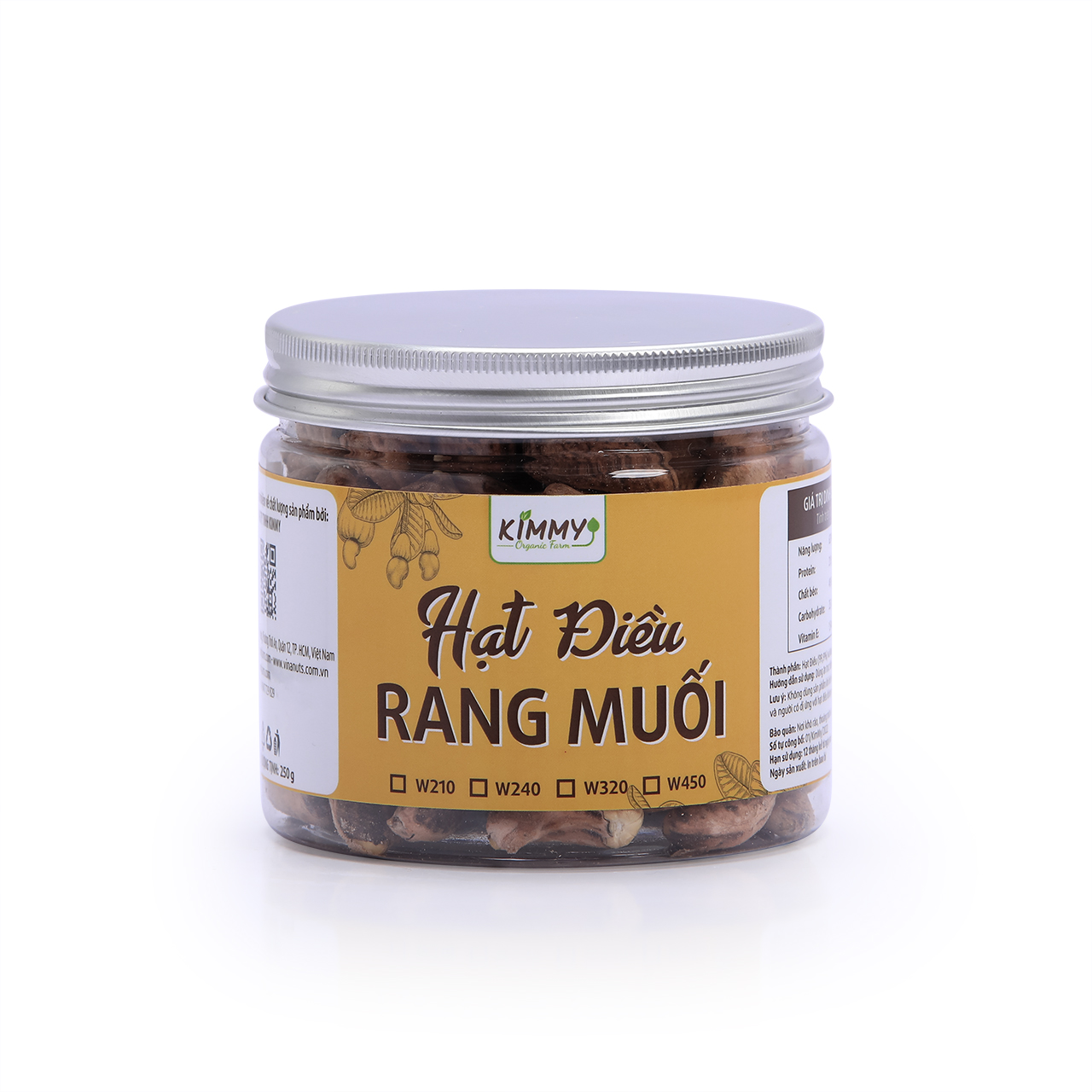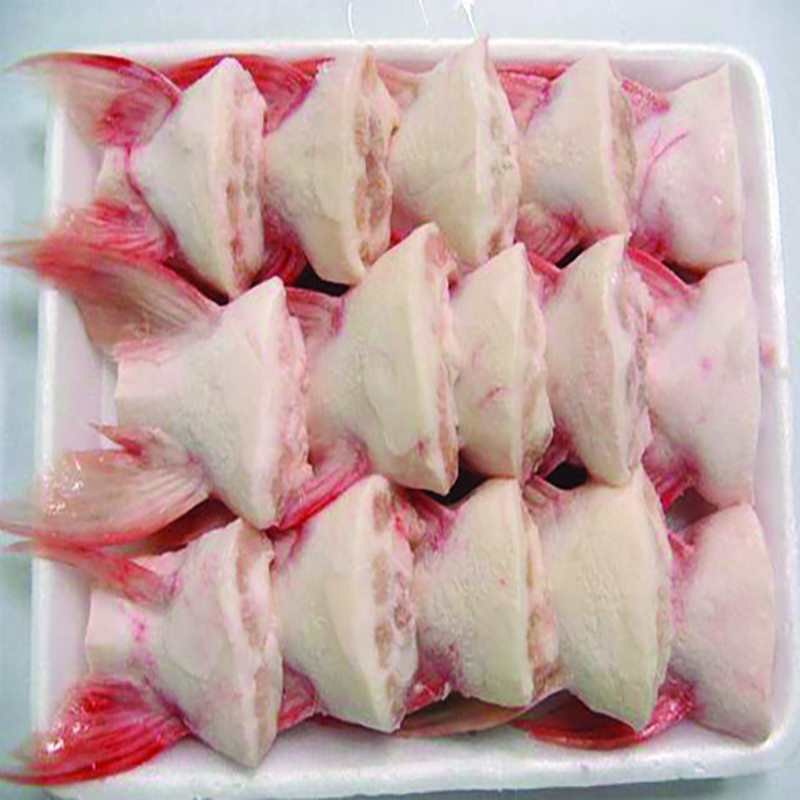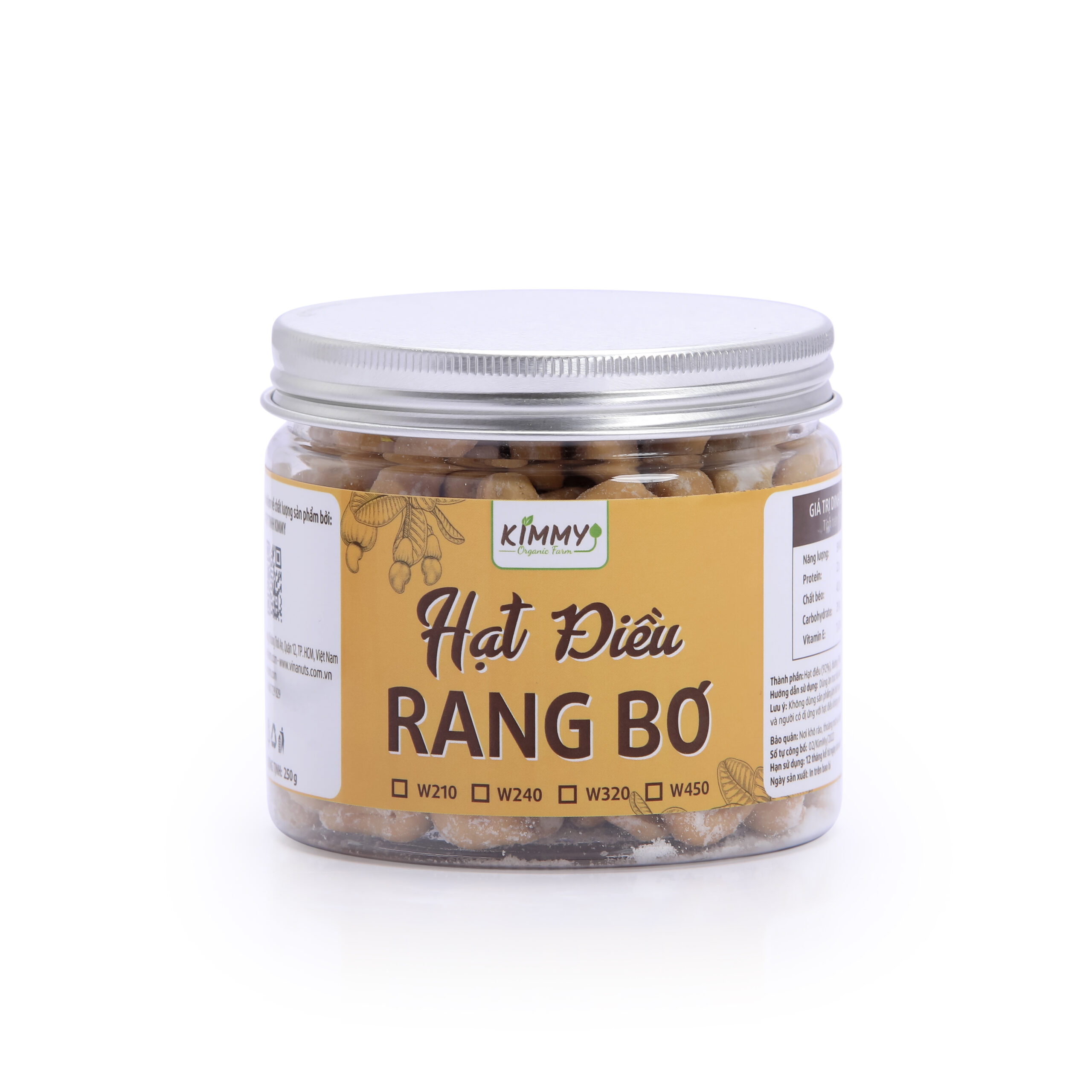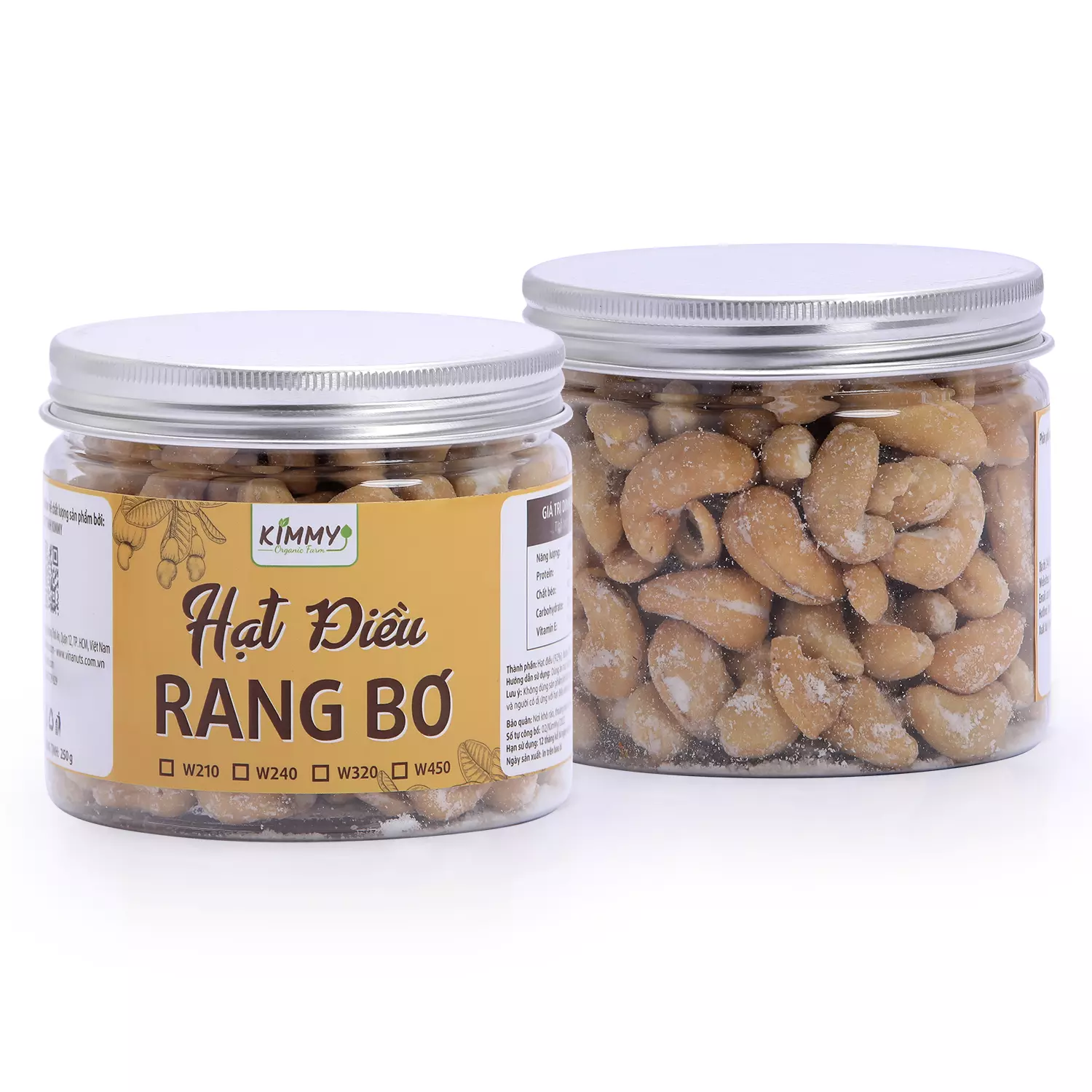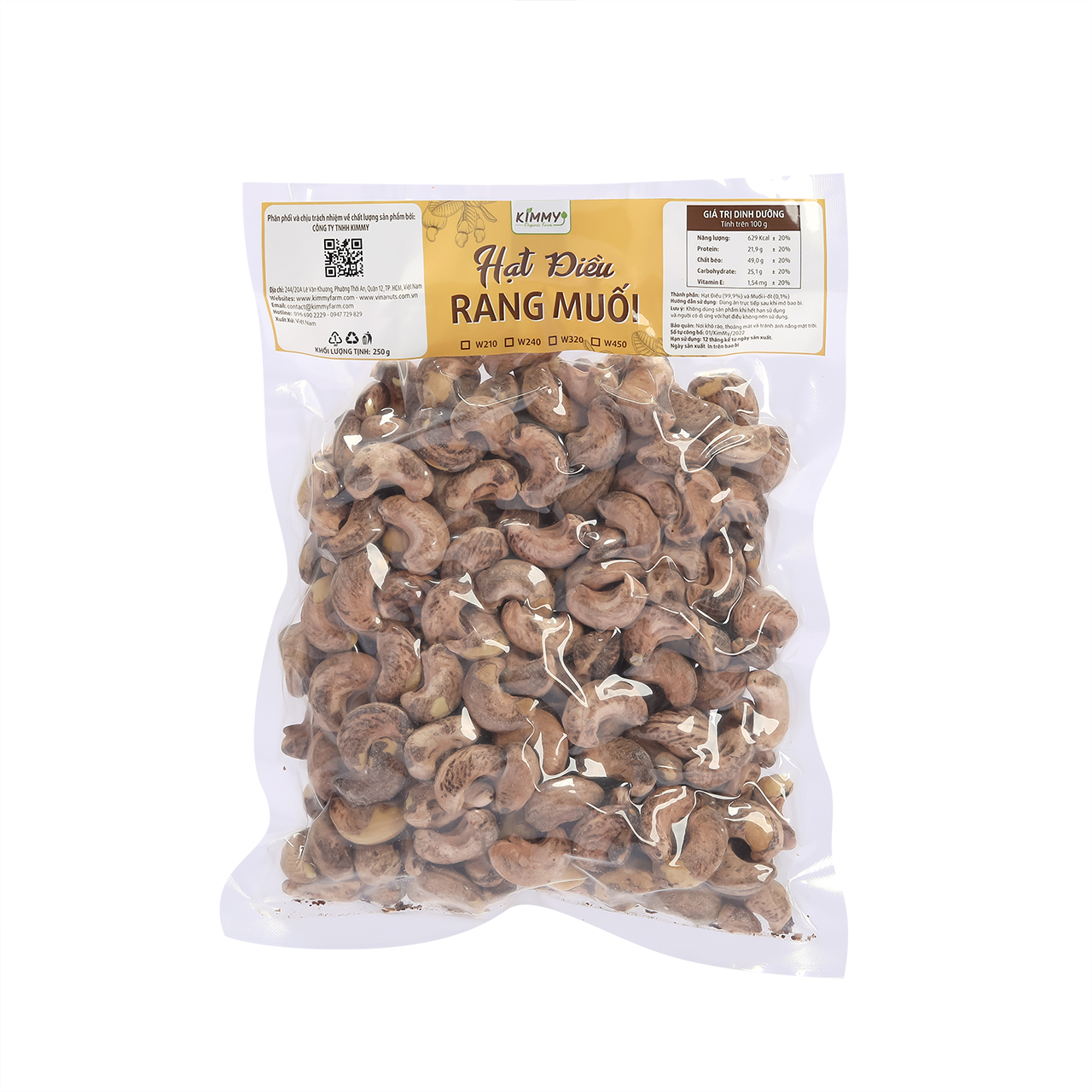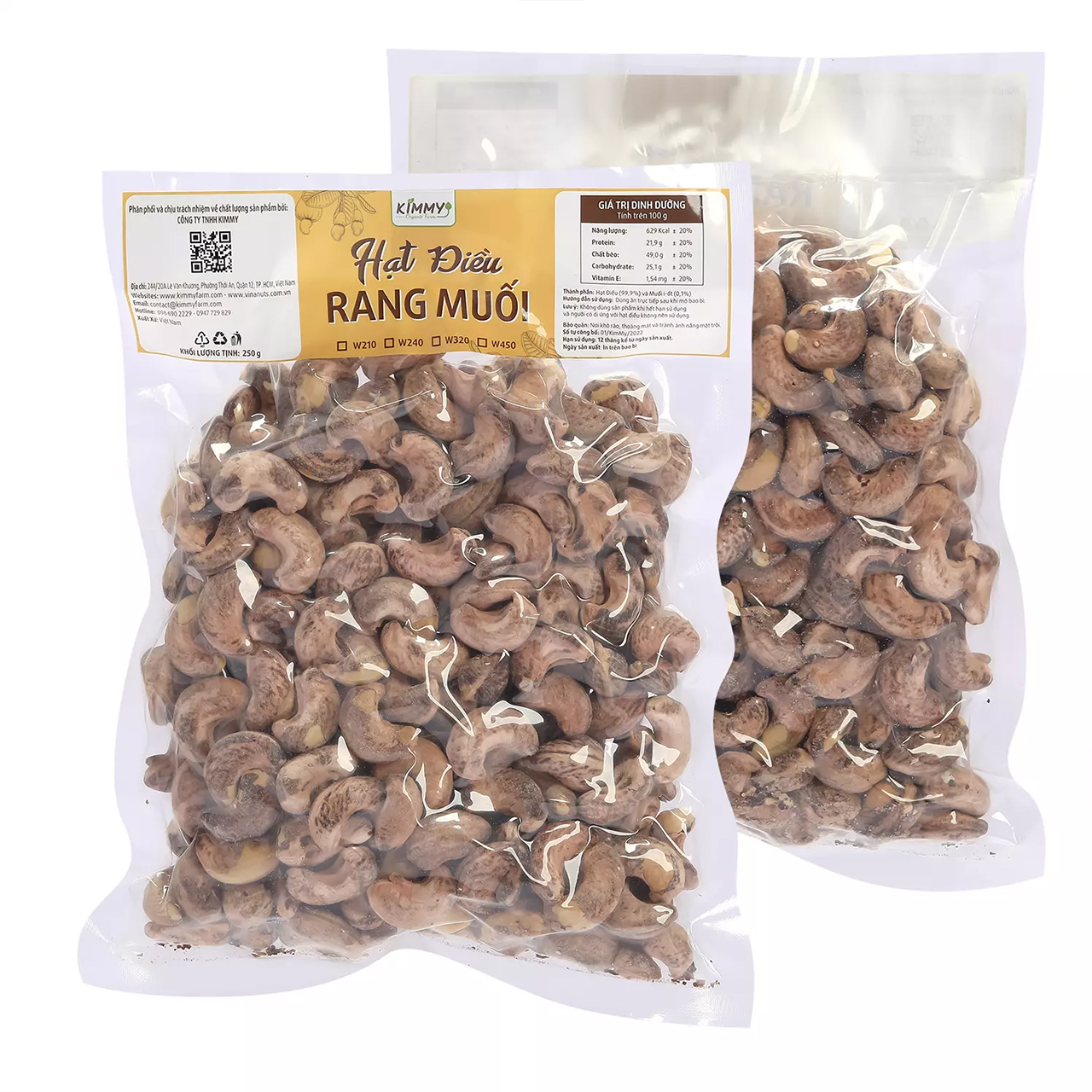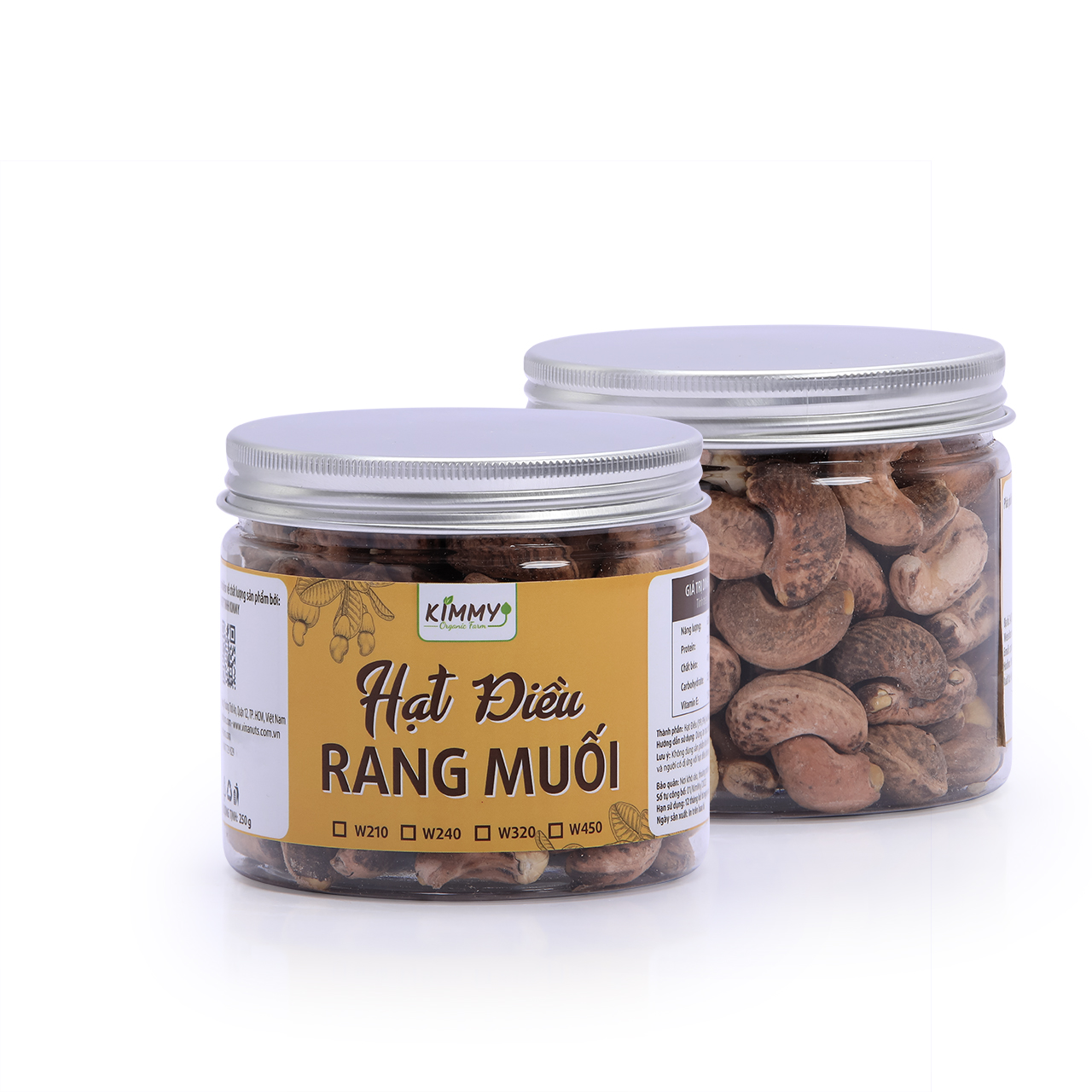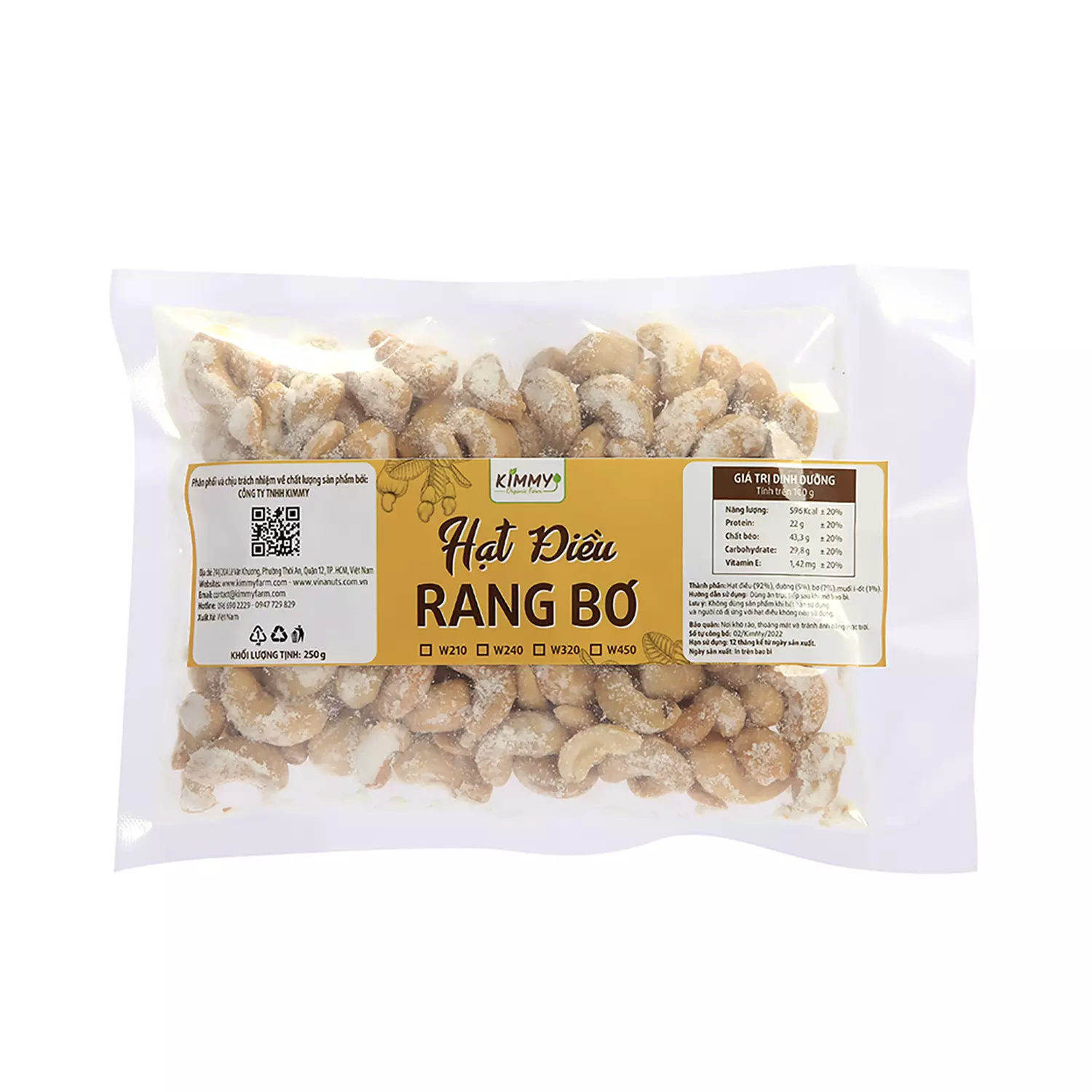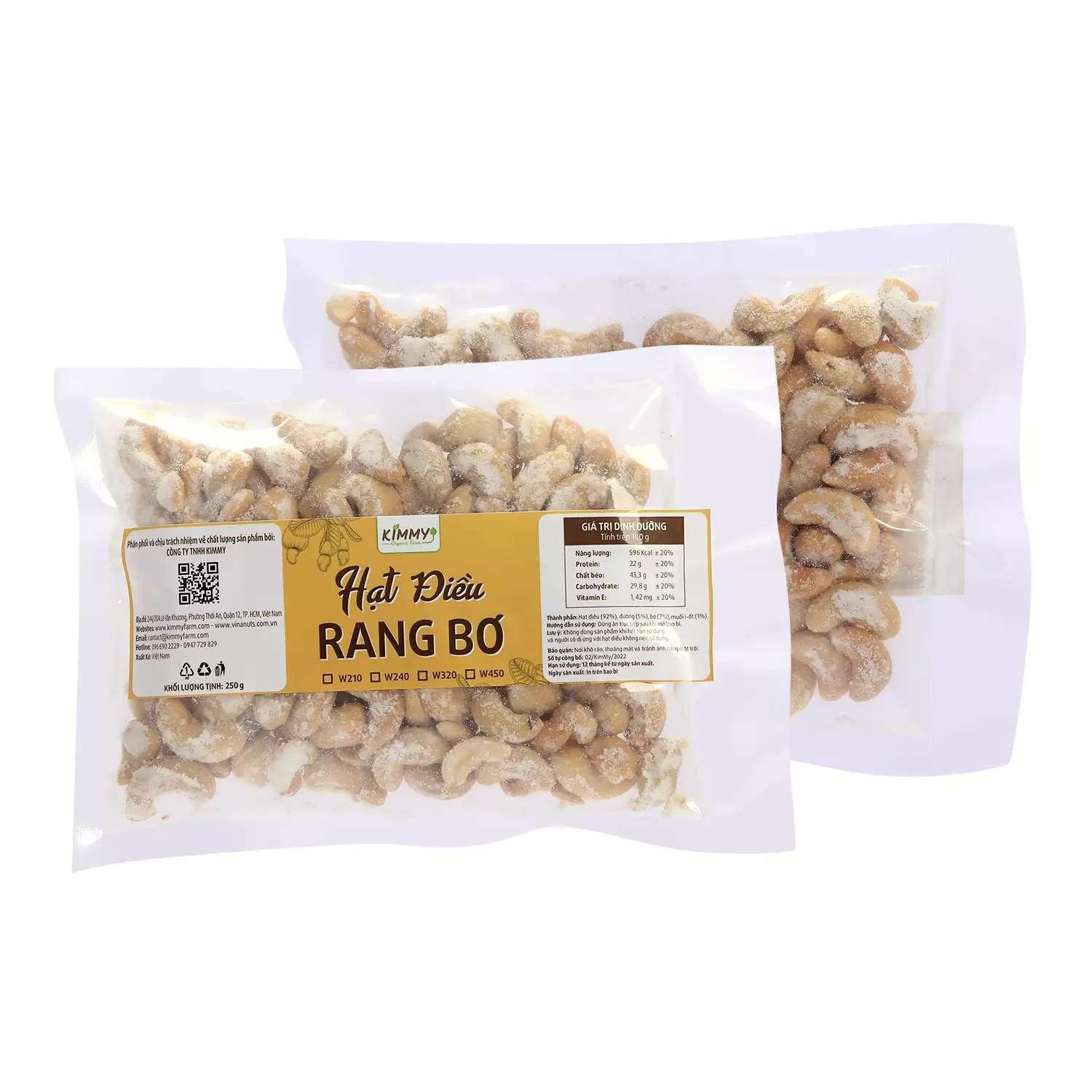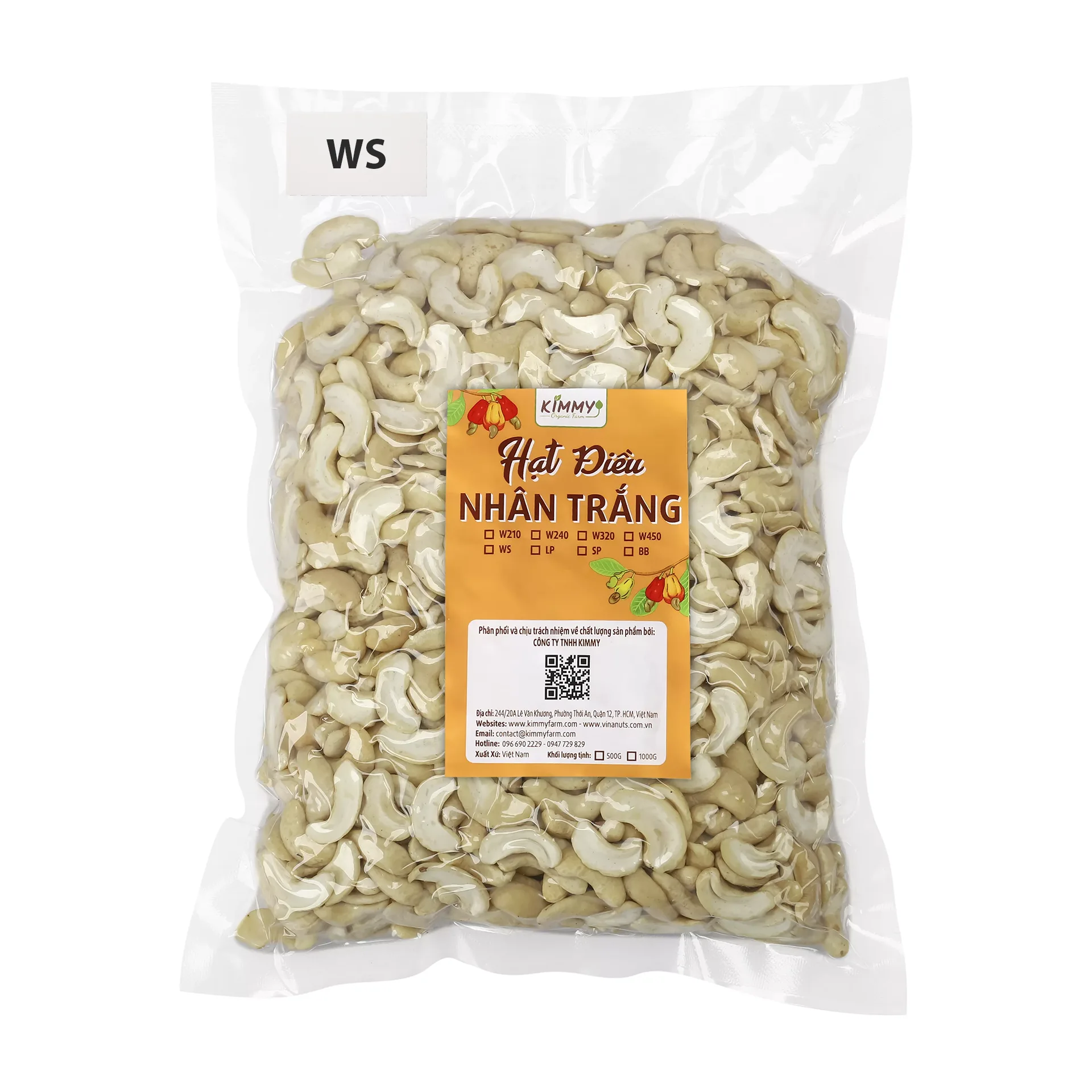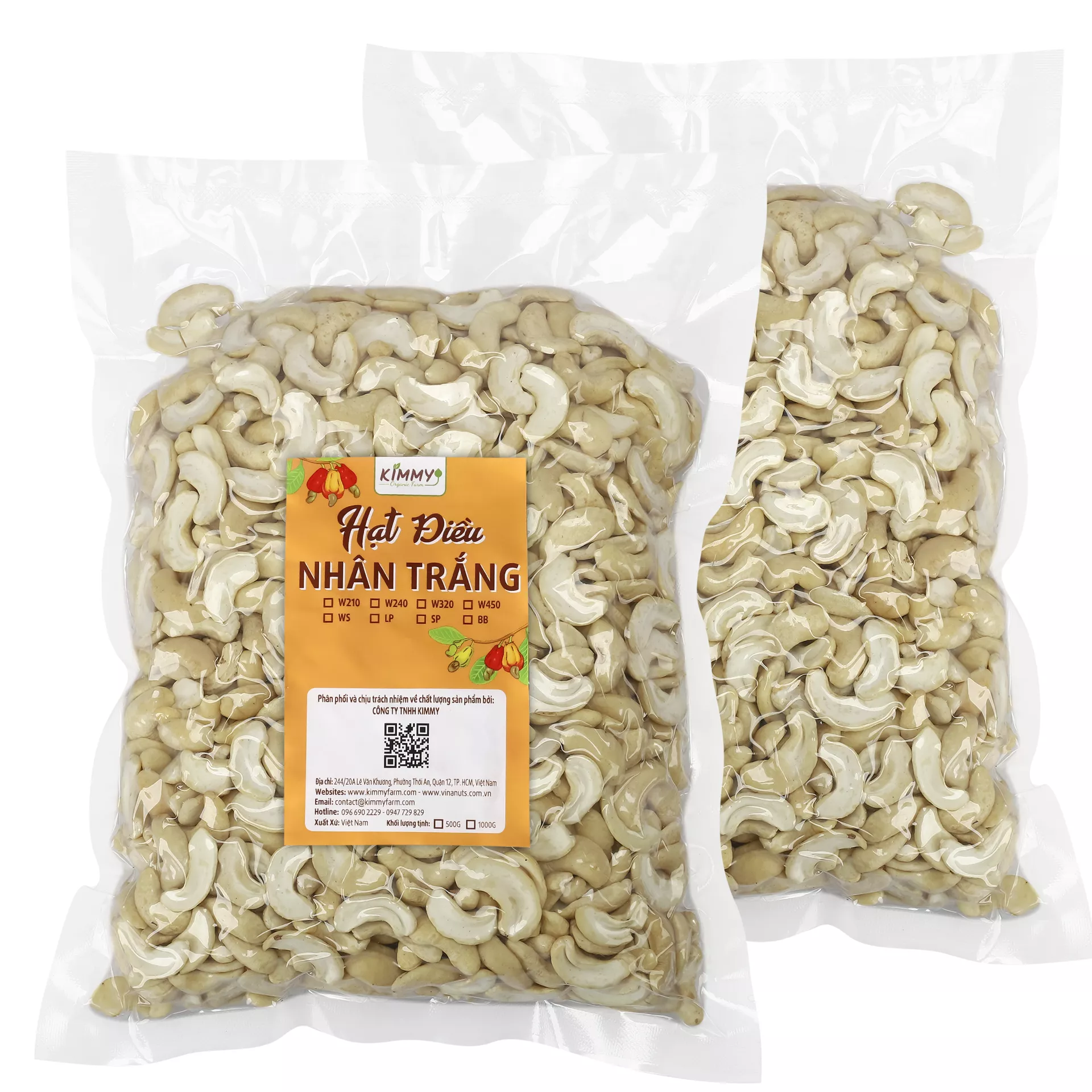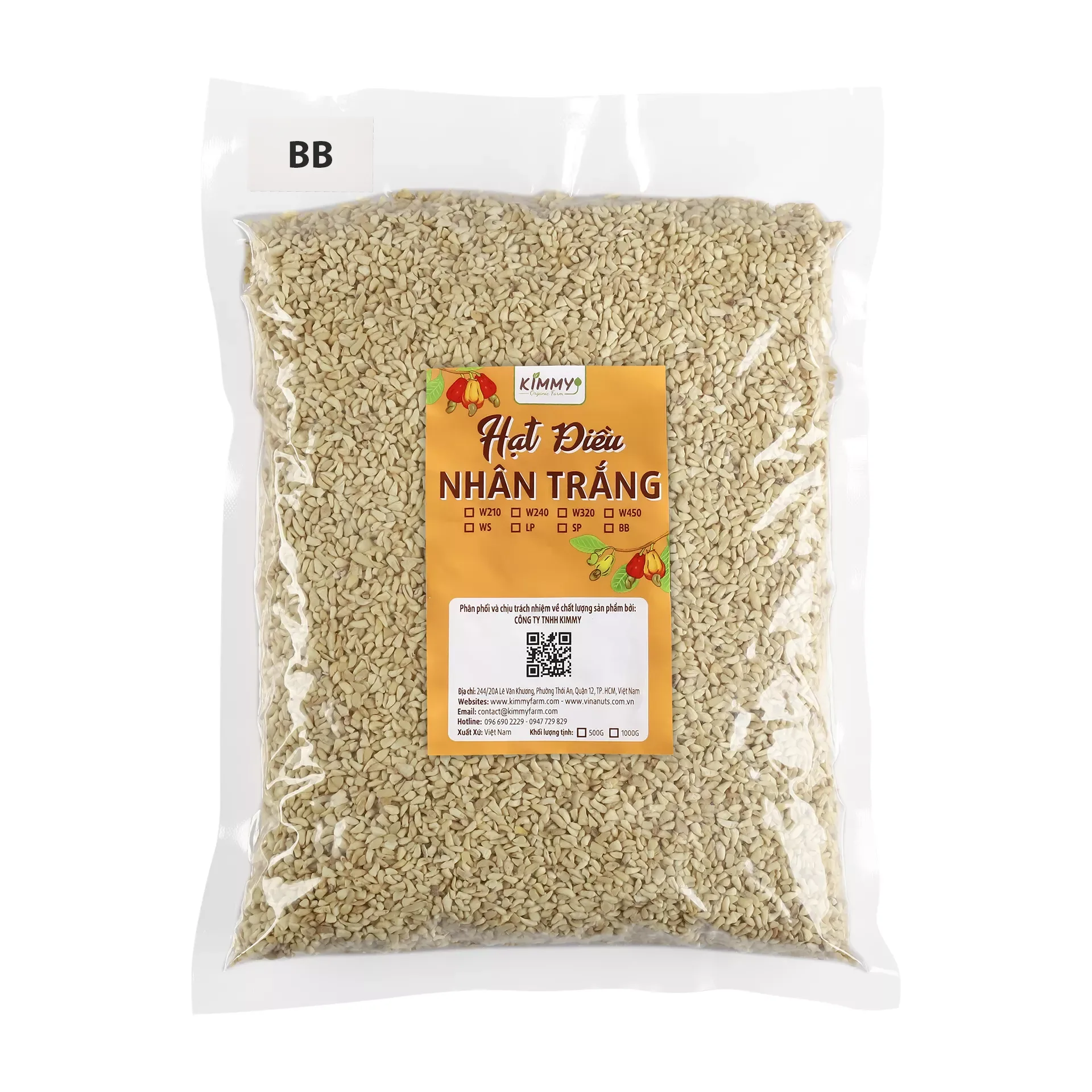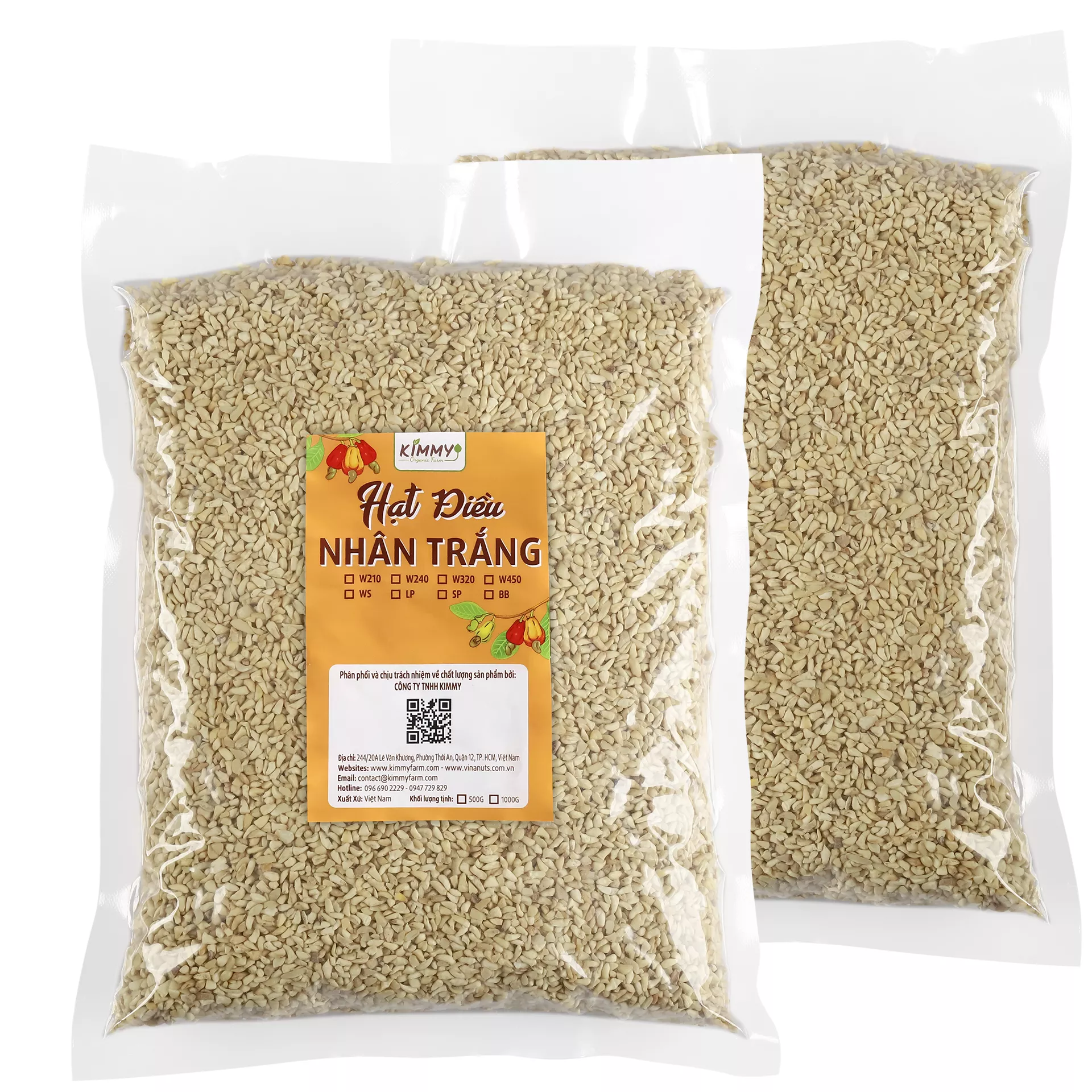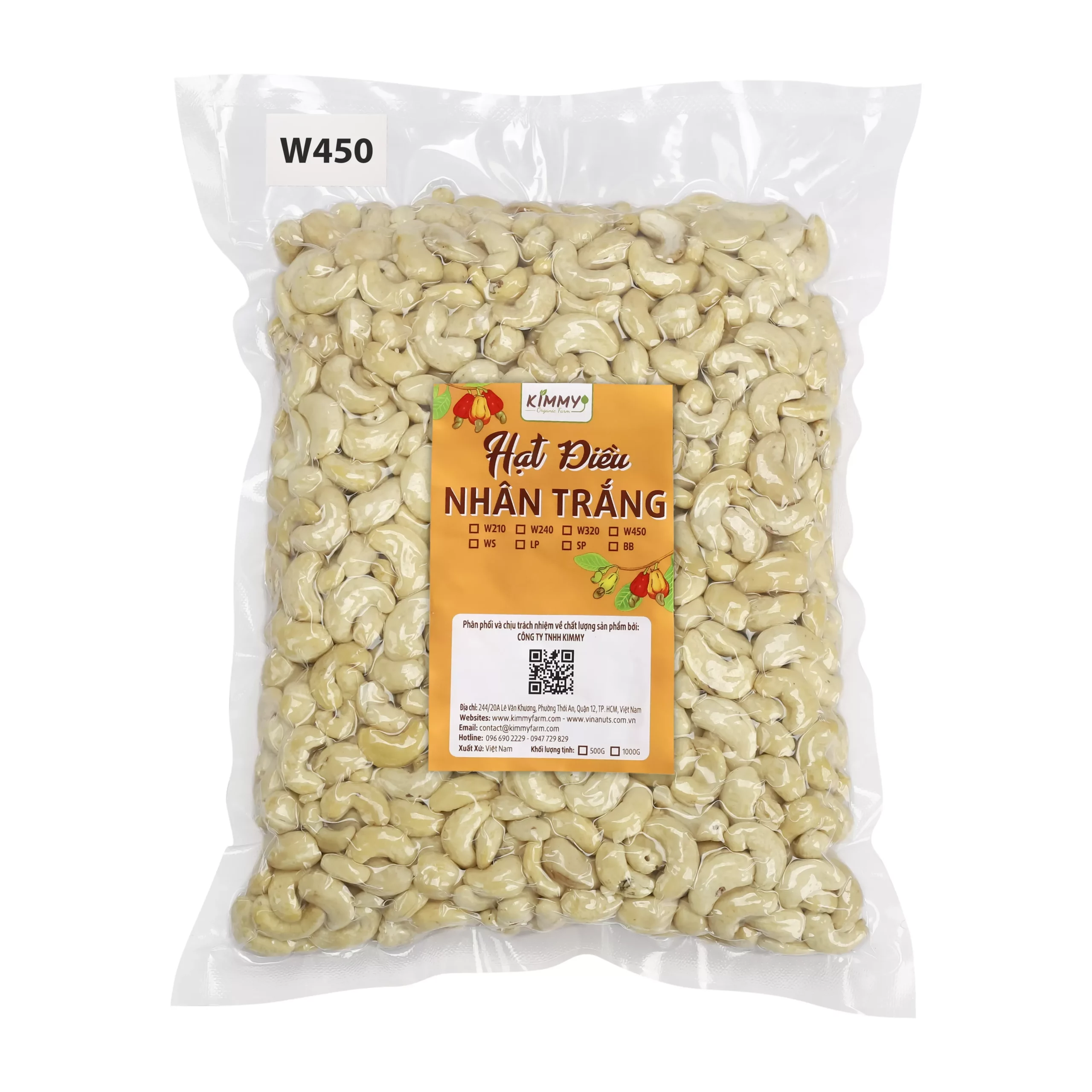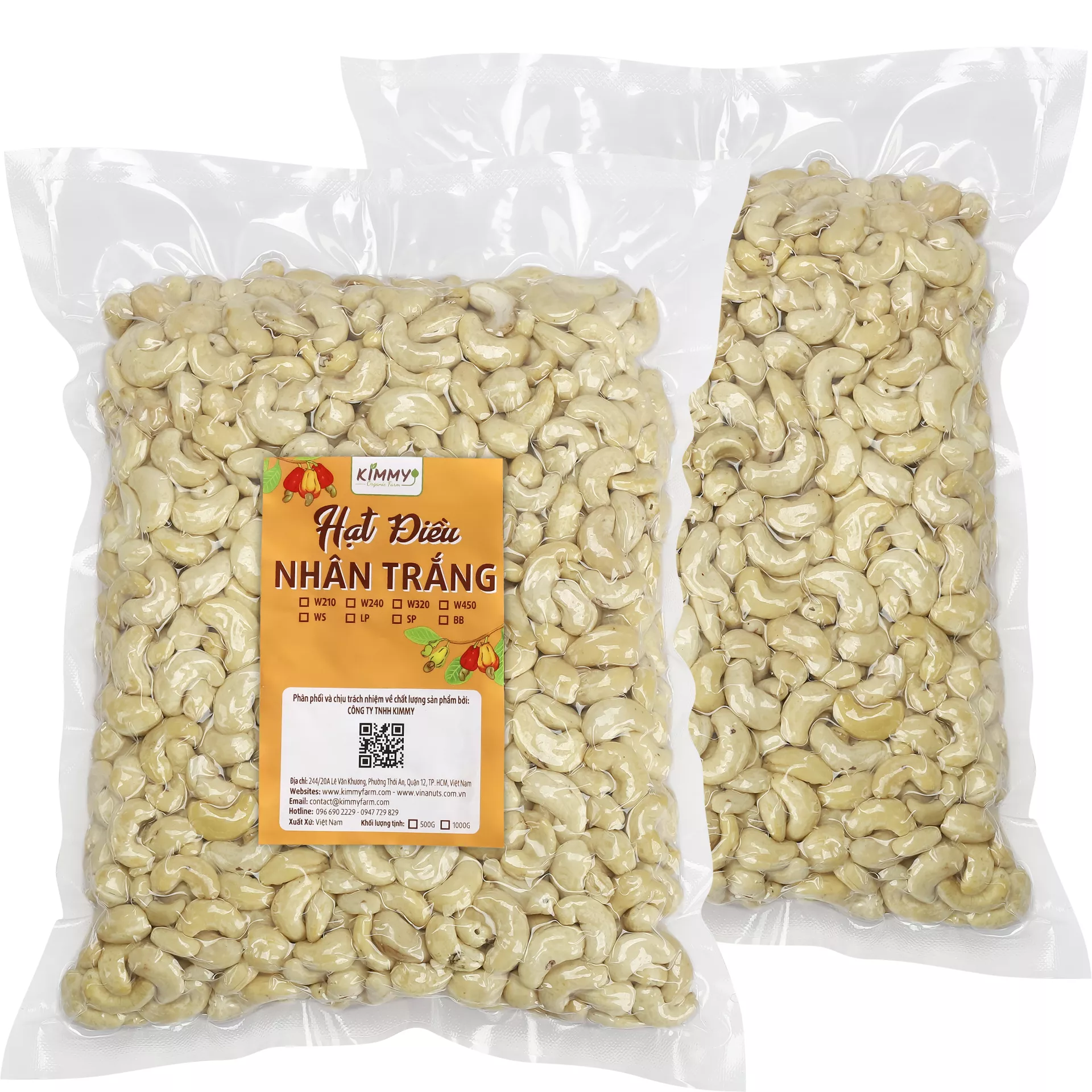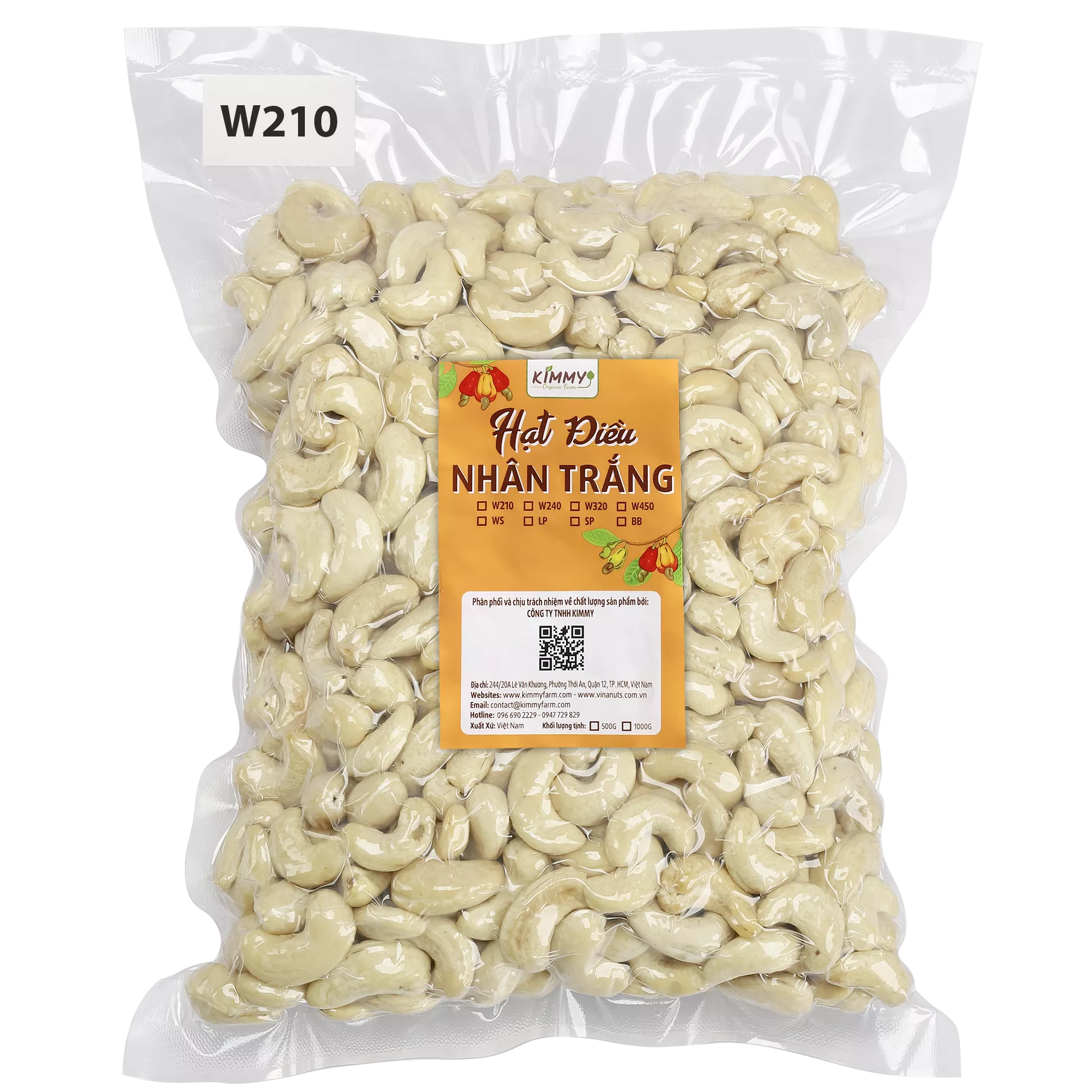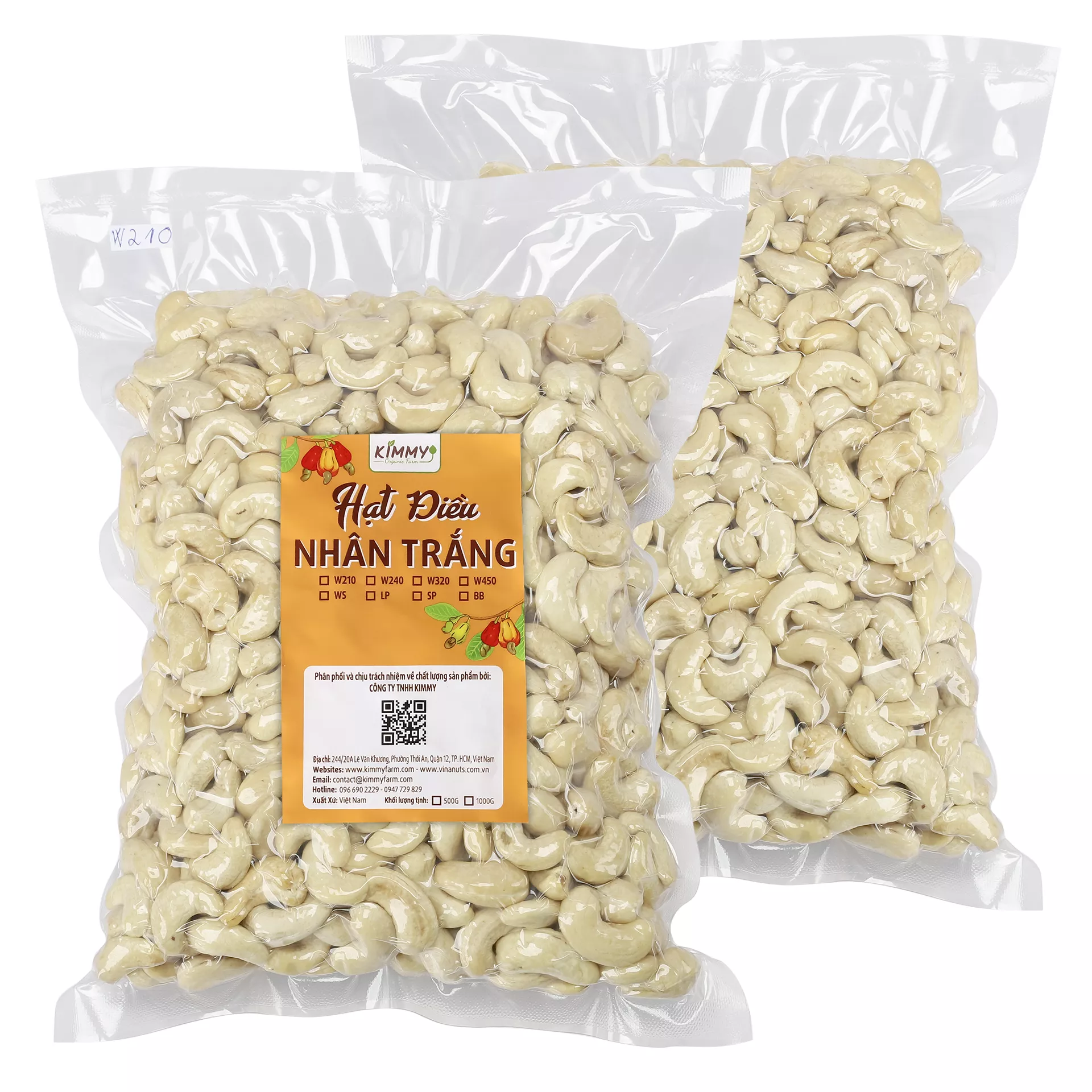Pangasius, a popular fish farmed in Vietnam’s Mekong Delta, belongs to the catfish family (Siluriformes). Known for its thick, tender flesh and naturally sweet taste, pangasius is well-loved by many households. However, most consumers prefer to buy pre-cut, neatly packed pangasius fillets rather than whole fish. As a result, parts like the fish’s internal organs are often discarded—despite being both tasty and nutritious.
One overlooked part is the pangasius stomach. Have you ever tried eating fish stomach? Is it healthy? And how do you cook it properly? Let’s explore some useful insights together!
What Is Pangasius Fish Stomach?
If people think of pangasius, they often imagine smooth fillets with white, tender meat. But another delicious part of the fish is its stomach—the organ that digests food, similar to a human stomach. This part is chewy and flavorful, making it a great ingredient in many local dishes.
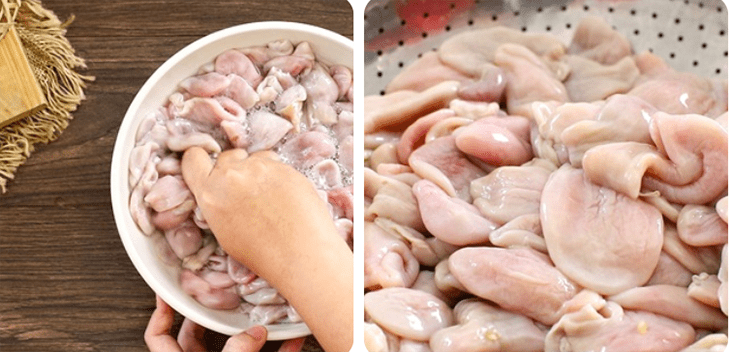
Nutritional Value of Pangasius Stomach
Pangasius stomach is rich in protein, low in fat, low in cholesterol, and low in calories. It also contains several essential nutrients, such as:
- DHA (Docosahexaenoic Acid): A healthy omega-3 fatty acid vital for brain development and heart health.
- EPA (Eicosapentaenoic Acid): Another omega-3 that helps cleanse the blood and improve circulation.
- Vitamins and minerals: Including vitamin E, B1, A, and K, which support brain function, eye health, immune system, and sleep quality.
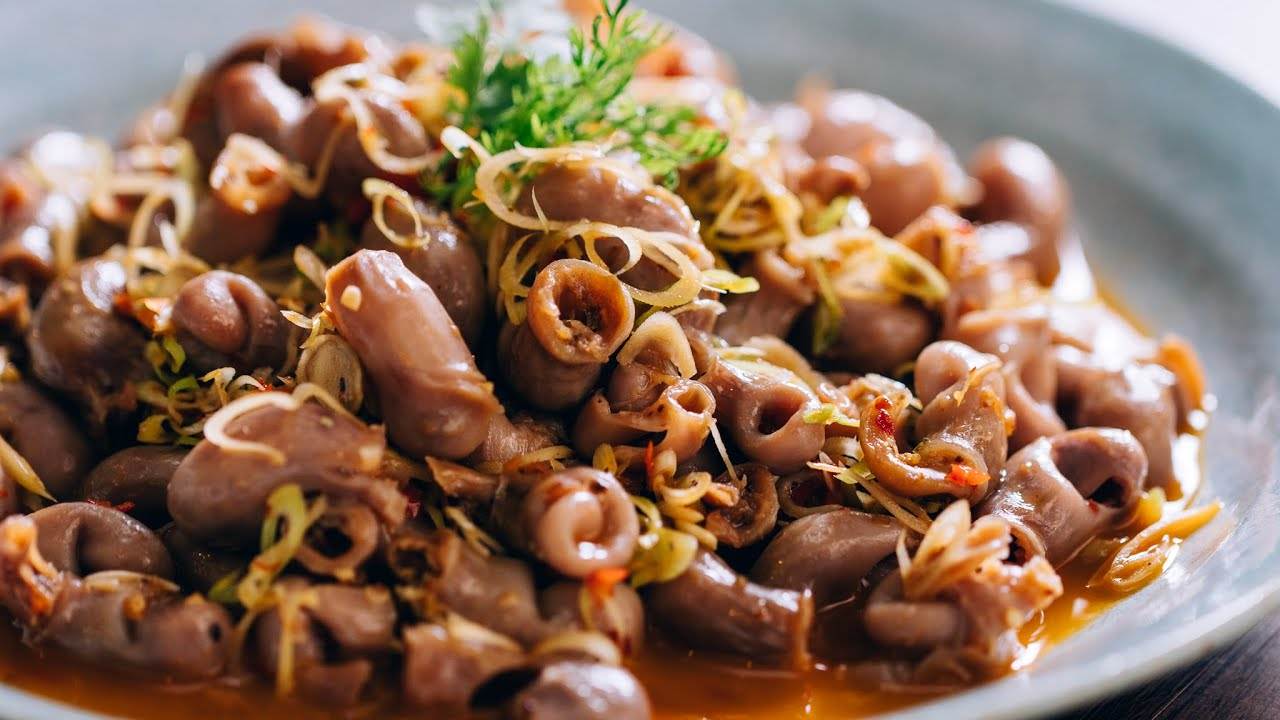
How to Choose Good-Quality Pangasius Stomach
- Buy from reputable stores or supermarkets with food safety certifications.
- Look for fresh pink color, slightly slimy texture, and no foul smell.
- If you’re not cooking it right away, store it in the fridge (0–4°C) or freeze it.
- When using frozen stomach, defrost it in the fridge—never at room temperature to maintain freshness.
How to Clean Pangasius Stomach Properly
Cleaning pangasius stomach before cooking is crucial. If not properly prepared, it can lose its natural taste and reduce its health benefits. Here’s a simple step-by-step method:
- Wash with diluted saltwater.
- Turn the stomach inside out and scrub again with salt or lemon juice to remove any slime.
- Quickly blanch in boiling water (with salt and lemon added).
- Rinse under clean water once more.
- Pro tip: Soak in ice water after cleaning to maintain its crunchiness.
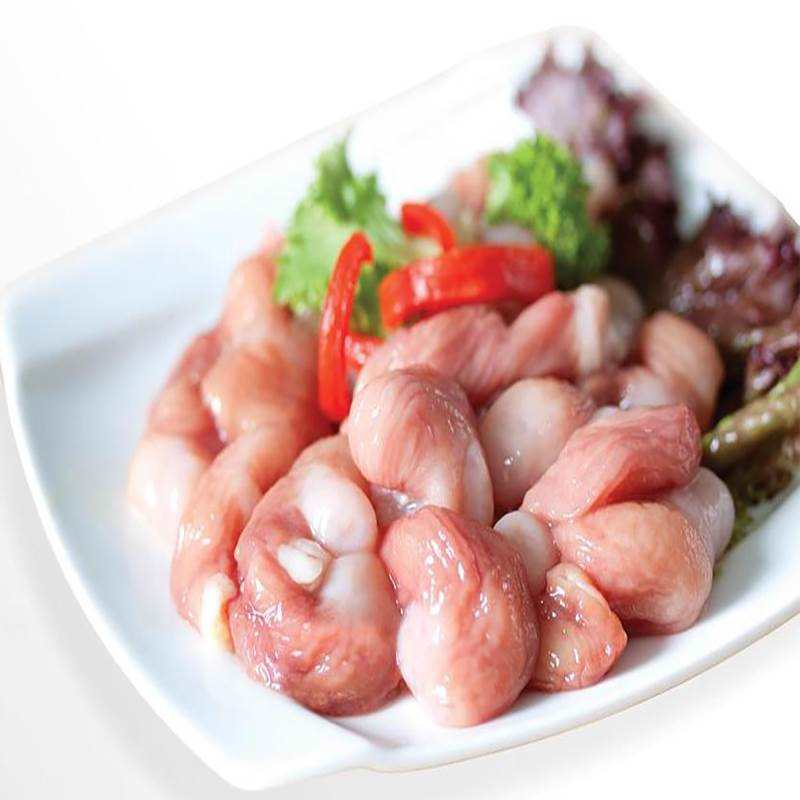
Popular Dishes Made with Pangasius Stomach
Despite its small size, pangasius stomach is versatile and nutritious. You can cook it in a variety of tasty ways:
- Stir-fried with sweet & sour sauce
- Stir-fried with pickled mustard greens
- Deep-fried for a crispy snack
- Sautéed with turmeric, satay, or sponge gourd
- Used in classic Vietnamese sour soup dishes
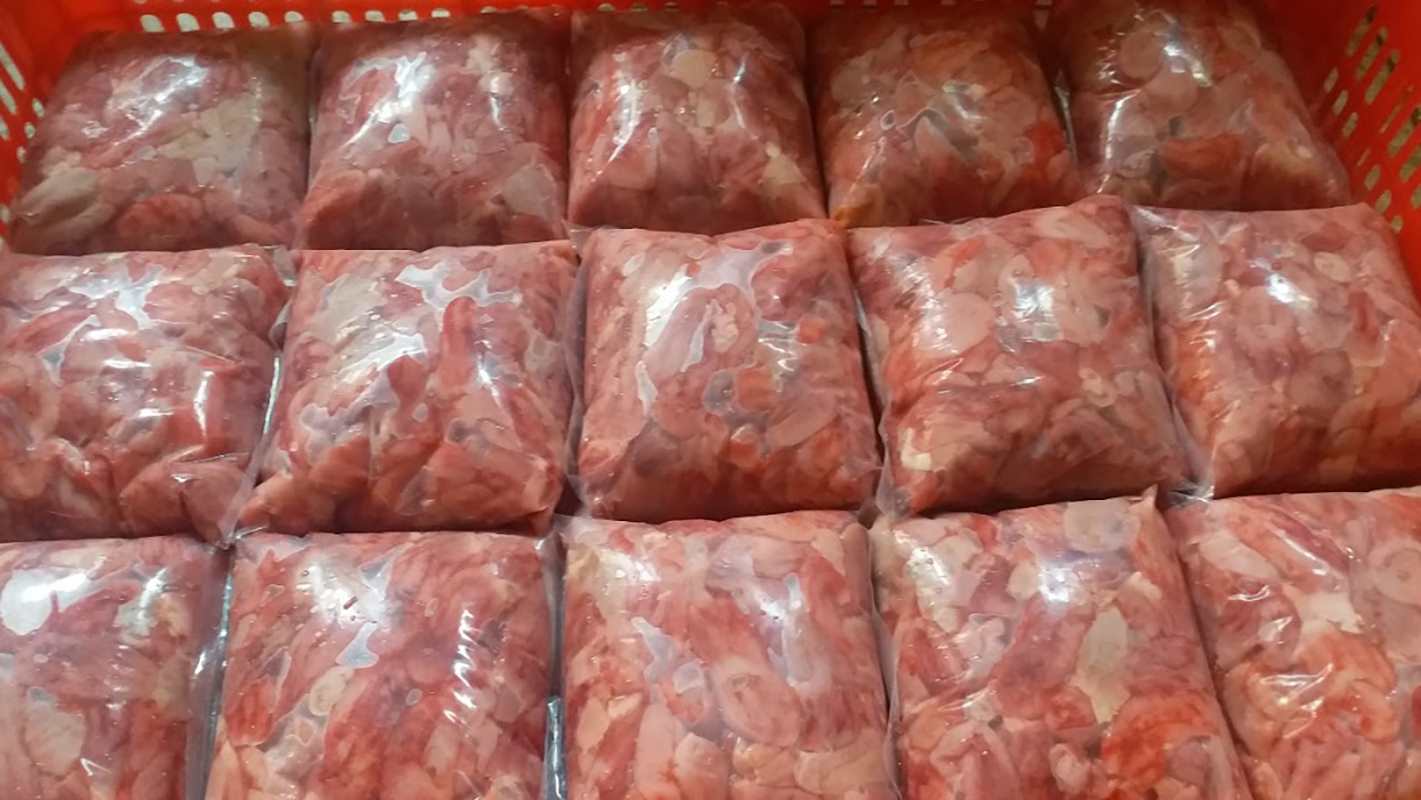
Important Notes When Eating Fish Organs
- Do not eat fish bile (gall bladder) or bile from any animal. These parts contain enzymes and toxic substances that can be dangerous. Symptoms of bile poisoning include nausea, diarrhea, fatigue, yellowing eyes, and even seizures.
- Avoid eating fish intestines unless they are extremely well cleaned. Intestines often contain parasites, tapeworm eggs, and bacteria due to the fish’s diet and environment.
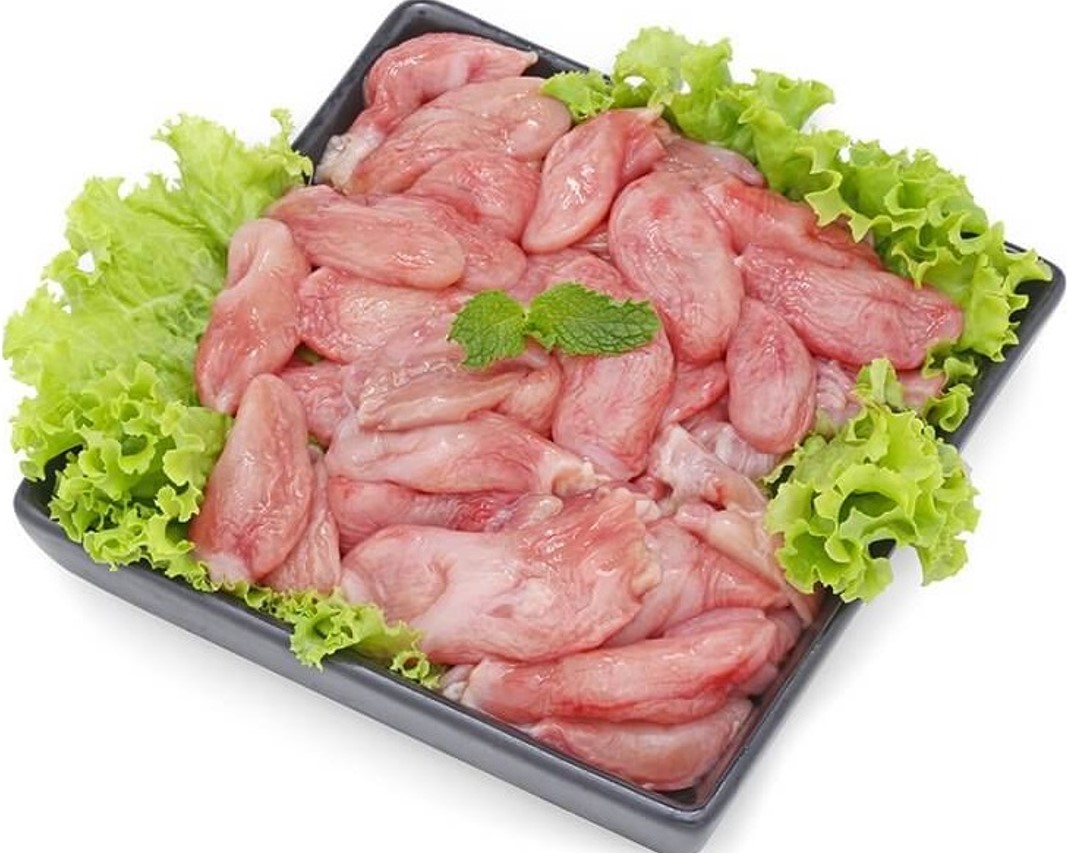
Final Thoughts
Pangasius stomach may not be as well-known as its fillet, but it is certainly a hidden gem—nutritious, flavorful, and versatile in cooking. With proper cleaning and preparation, it can become a delicious and healthy addition to your diet.

Chúng tôi là một thương hiệu chuyên sản xuất, thương mai và xuất khẩu các mặt hàng nông sản của Việt Nam. Chúng tôi có vùng trồng điều & nhà máy điều ở Bình Phước, trại nuôi ruồi lính đen ở Tây Ninh. Các mặt hàng xuất khẩu chính của Công ty là: hạt điều, hạt điều nhân, ruồi lính đen,… từ Việt Nam.

